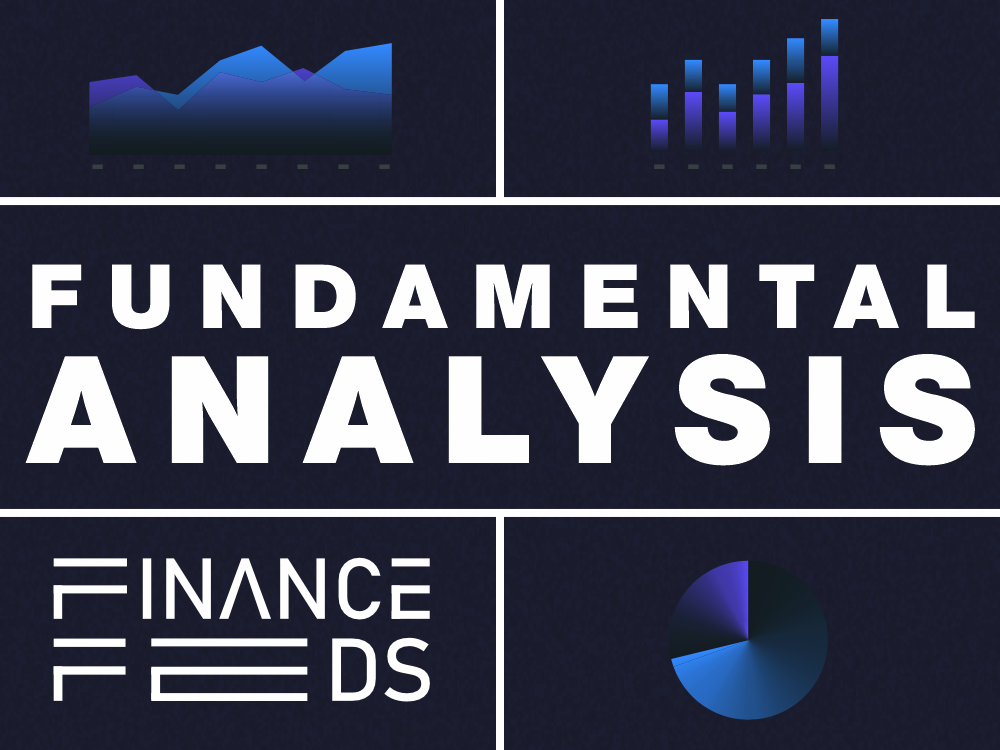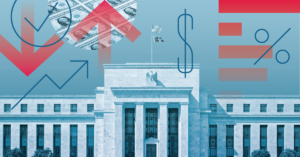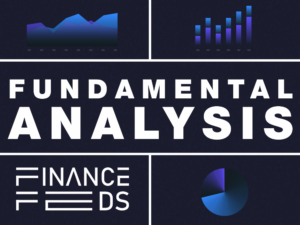
Global FX Market Summary: US Monetary Policy, Geopolitical Tensions, Economic Data And Currency Valuations 30 December ,2024
Fed policy, rising yields, Trump’s agenda impact USD; geopolitical risks boost Gold; economic data drives currency valuations.
US Monetary Policy and the US Dollar
The US Federal Reserve’s monetary policy is a key driver in the markets. The central bank implemented a 25 basis point rate cut in December 2024, and its “dot plot” forecasts two additional cuts in 2025, a reduction from the four projected earlier. Concurrently, rising US Treasury yields, with the 10-year note reaching a seven-month high around 4.620%, are contributing to the US Dollar’s strength. Expectations surrounding President-elect Trump’s policies, including tax cuts, deregulation, and tariffs, are fueling inflation concerns, which could further influence the Fed’s decisions and the USD’s trajectory.
Geopolitical Tensions and Safe-Haven Demand
Geopolitical tensions are also playing a significant role, particularly the ongoing Russia-Ukraine conflict and Middle Eastern instability, including Israeli military actions in Gaza, such as attacks on two hospitals. These events are increasing demand for safe-haven assets like Gold. As a result, Gold prices are poised for a substantial 27% annual gain in 2024, primarily driven by central bank purchases, heightened geopolitical risks, and monetary easing policies.
Economic Data and Currency Valuations
Economic data releases are influencing market sentiment and currency valuations. Spain’s Harmonized Index of Consumer Prices (HICP) unexpectedly rose to 2.8% year-on-year in December 2024. Japan’s Jibun Bank Manufacturing PMI, while still signaling contraction for the sixth consecutive month at 49.6 in December, showed slight improvement. Tokyo CPI inflation also increased to 3.0% YoY in December. In the US, the ISM Manufacturing Purchasing Managers’ Index (PMI) for December is projected to slightly decrease to 48.3. These data points shape expectations about central bank actions, which subsequently impact currency valuations, as seen with the Tokyo CPI data influencing speculation about a potential Bank of Japan interest rate hike.
Top Important Economic Events for this Week:
- December 31, 2024, 01:30:00 – NBS Manufacturing PMI (HIGH, CNY): This Purchasing Managers’ Index (PMI) provides a key indicator of manufacturing activity in China. A reading above 50 indicates expansion, while below 50 signals contraction. Given China’s significant role in the global economy, this data has a substantial impact on market sentiment and can influence global trade and commodity prices.
- December 31, 2024, 01:30:00 – NBS Non-Manufacturing PMI (HIGH, CNY): Similar to the manufacturing PMI, this index measures the health of the non-manufacturing sector in China, including services and construction. This is also a crucial indicator for assessing the overall economic performance of China.
- December 31, 2024, 14:00:00 – Housing Price Index (MoM) (MEDIUM, USD): This index tracks changes in home prices month-over-month in the US. The housing market is a significant component of the US economy, and changes in home prices can influence consumer spending and overall economic growth.
- December 30, 2024, 14:45:00 – Chicago Purchasing Managers’ Index (MEDIUM, USD): This regional PMI provides an early snapshot of manufacturing activity in the Chicago area. While not a nationwide indicator, it can offer insights into broader US manufacturing trends ahead of the national ISM Manufacturing PMI.
- December 30, 2024, 15:00:00 – Pending Home Sales (MoM) (MEDIUM, USD): This data measures the number of signed contracts for the purchase of existing single-family homes, condos, and co-ops. It’s a leading indicator for the housing market, as pending sales eventually translate into closed sales.
- January 2, 2025, 08:15 – HCOB Manufacturing PMI (MEDIUM, EUR): This manufacturing PMI data for the Eurozone provides insights into the health of the manufacturing sector. It’s a key indicator of economic activity and can impact the value of the Euro.
- January 2, 2025, 08:45 – HCOB Manufacturing PMI (MEDIUM, EUR): This is likely a further breakdown of the HCOB Manufacturing PMI for specific Eurozone countries, providing more granular data.
- January 2, 2025, 08:55 – HCOB Manufacturing PMI (MEDIUM, EUR): Similar to the above, this is likely a further breakdown of the HCOB Manufacturing PMI.
- January 2, 2025, 12:30 – Challenger Job Cuts (MEDIUM, USD): This report tracks the number of job cuts announced by US-based companies. It provides insight into labor market conditions and can be a leading indicator of broader economic weakness.
- January 2, 2025, 13:30 – Initial Jobless Claims (MEDIUM, USD): This weekly data measures the number of individuals filing for unemployment benefits for the first time. It is a timely indicator of the health of the labor market and can have a significant impact on market sentiment.
- January 3, 2025, 08:55 – Unemployment Change (MEDIUM, EUR): This data shows the change in the number of unemployed people in the Eurozone. It is a key indicator of the health of the labor market and has implications for consumer spending and economic growth.
- January 3, 2025, 08:55 – Unemployment Rate s.a. (MEDIUM, EUR): The seasonally adjusted unemployment rate provides a clearer picture of the underlying trend in unemployment by removing seasonal fluctuations.
- January 3, 2025, 15:00 – ISM Manufacturing PMI (HIGH, USD): This is a closely watched monthly survey of purchasing managers in the US manufacturing sector. A reading above 50 indicates expansion, while below 50 signals contraction. It’s a key indicator of overall US economic health and can significantly impact market sentiment.
- January 3, 2025, 15:00 – ISM Manufacturing Employment Index (MEDIUM, USD): This sub-index of the ISM Manufacturing PMI focuses specifically on employment trends within the manufacturing sector. It can provide insights into future hiring and layoff activity.
- January 3, 2025, 15:00 – ISM Manufacturing New Orders Index (MEDIUM, USD): This sub-index tracks new orders received by manufacturers. It’s a leading indicator of future production and economic activity.
- January 3, 2025, 15:00 – ISM Manufacturing Prices Paid (MEDIUM, USD): This sub-index measures the prices paid by manufacturers for raw materials and other inputs. It can provide insights into inflationary pressures within the manufacturing sector.
The subject matter and the content of this article are solely the views of the author. FinanceFeeds does not bear any legal responsibility for the content of this article and they do not reflect the viewpoint of FinanceFeeds or its editorial staff.
The information does not constitute advice or a recommendation on any course of action and does not take into account your personal circumstances, financial situation, or individual needs. We strongly recommend you seek independent professional advice or conduct your own independent research before acting upon any information contained in this article.




